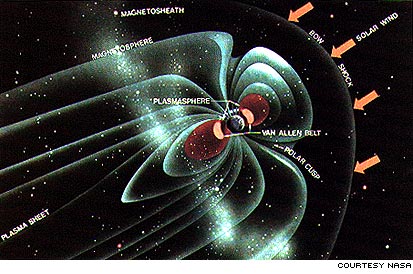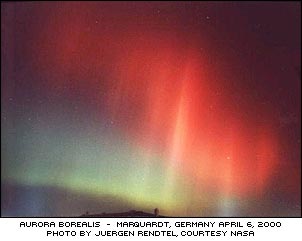Fan Micro Car DIY STEM Kit
$9.99$5.55

 The circuit closes when the particles reaches the ionosphere, the outer layer of the earth's atmosphere. Here the thin gasses are composed of ionized particles and consequently act as electrical conductors. It is here that the 'dynamo's' energy is converted to light.
The circuit closes when the particles reaches the ionosphere, the outer layer of the earth's atmosphere. Here the thin gasses are composed of ionized particles and consequently act as electrical conductors. It is here that the 'dynamo's' energy is converted to light.
 'Physicists like to think that all you have to do is say, these are the conditions, now what happens next?'
'Physicists like to think that all you have to do is say, these are the conditions, now what happens next?'